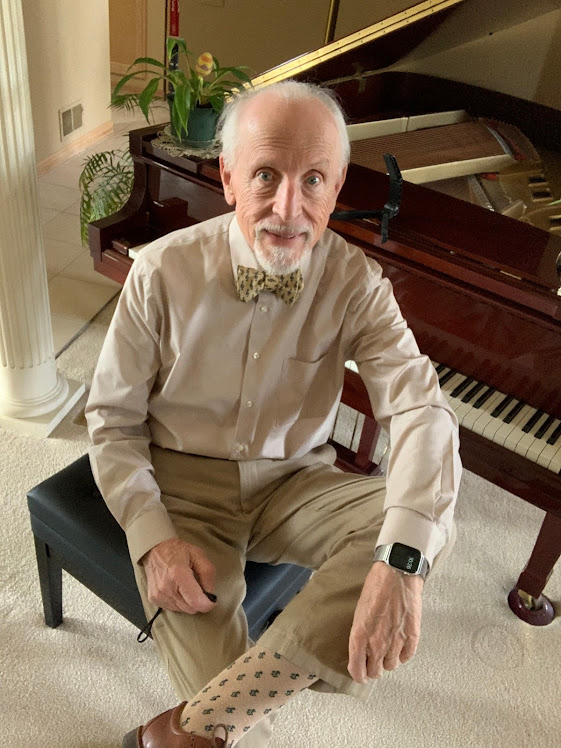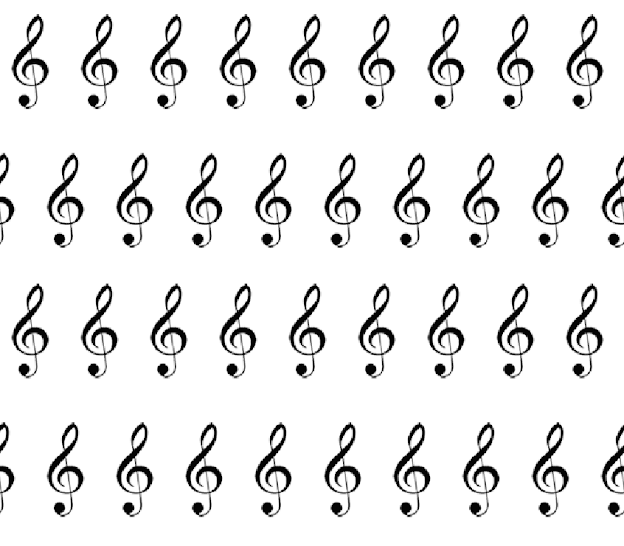When I returned a call to a potential new customer, his wife answered. In the background, I could hear classical music from a piano. This was quite a few years ago, 10? 15? I can't recall exactly. She introduced herself as Sue, and said something like, "I'll get Bill." The piano music stopped and Bill got on the phone. HE WAS THE SOURCE OF THE BEAUTIFUL PIANO MUSIC I HAD HEARD! I don't have a great ear, but I could tell that he was a really good pianist.
We chatted a bit. Our climates have some similarities, and we talked a bit about families and bow ties as well as Bill's piano-ing. It felt like a really nice connection to make. At the end of our conversation, Bill ordered a bow tie, and has followed up with more bow ties over the years. Bill has been a lifelong bow tie wearer, and here's the proof! He was a diamond point bow tie wearer in his younger days.
When people ask me how I like my 'job', I always respond enthusiastically, "I LOVE IT!" One of the many things that I love about my work is my contact with customers. Another thing that I have mentioned before is that when I sit at my sewing machine, I imagine that I feel much like a pianist feels sitting at their piano, at one with the instrument, making something beautiful. That beauty comes from lots and lots of practice, whether it is beauty for the ear or the eye. Art. I love art.
Earlier this year Bill reached out and sent me a picture of his socks that look a lot like these:
In his email, he asked, "Can you design and make a bow tie to match my socks? In case the image isn't clear enough, those are treble clefs. They look greenish but are black on a tan background."
My first order of business was to find a G-Clef that I could legally reproduce and then set it up in an offset repeat. When designing a repeat, there are lots of options, but for simplicity sake, below are examples of the 3 most common types:
A Simple Repeat, where the repeat, is a single block (in this case a single G-Clef) is formed by stacking them in a basic grid, like this:
The second kind of repeat is called a Half Brick, which will look familiar if you've ever looked at the pattern formed when bricks are laid traditionally for a wall, like this:
The third kind of repeat is called a Half Drop, and instead of being offset horizontally the way the half brick is offset, it's offset vertically, like this:
I sent Bill the single G-Clef that I had found, the one that appears in the examples above. "Yay for the G-Clef, but can you make the lines a little thicker."
Because the socks use a half drop repeat, that's how I showed Bill the G-Clef with more heft:
Because the socks use a half drop repeat, that's how I showed Bill the G-Clef with more heft:
Bill liked the version above. Now to get the size and background color. In order to communicate those, I thought it would be easiest for Bill if I gave him an idea of the size in relation to the bow tie. I usually include the in the sample the piece that forms the center of the bow, but for some reason I can't explain, I didn't do that in the samples I sent. Fortunately, Bill liked the first background color I chose, so that step was very easy. But when I sent him the picture below, he wanted the G-Clefs a bit smaller.
Have an idea for a bow tie you have always wished was available? Want to work with me to design your own special bow tie? Here's the link for that listing!










Comments
Post a Comment